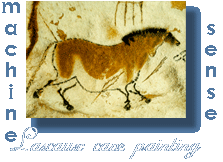

| 2,000,000 to 40,000 BCE Homonids begin to use spoken languages. This time frame is based on a two observations: Cave paintings appear at 40,000 BCE, indicating the ability to communicate. In Homo erectus fossils, the areas of the brain associated with language become bigger at around 1,500,000 BCE |

| 200,000 BCE Modern forms of Homo sapiens appear in the fossil record. The oldest fossils of modern humans (the bones found near Kibish, Ethiopia in 1967) are dated at 195,000 years old. |
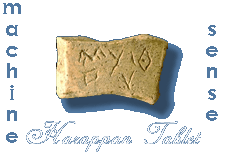

| 3,500 BCE to 3,100 BCE Writing develops independently in at least three places - Egypt, Mesopotamia and Harappa. |
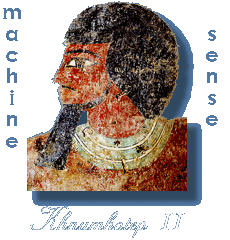

| 1,900 BCE 222 vertical columns of hieroglyphs are inscribed on the Egyptian Twelfth Dynasty tomb of Khnumhotep II. This is the earliest known instance of encoded text. The final section of the inscriptions are written in a partial substitution cipher. Although there is a permutation of the normal text, this is not a secret message. It is posited that the unusual inscriptions are intended to be highly-stylized funerary language. More » |

| 1,500 BCE In Mesopotamia, the written formula for a highly-prized pottery glaze is enciphered using obscure cuneiform characters. |
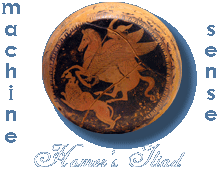

| 800 BCE Homer's Iliad includes the story of how Proteus, the king of Argolis, wanted to kill Bellerophon. Proteus sent Bellerophon to the king of Lycia with a secret message on a folded tablet ordering the death of the bearer of the message. |

| 600 BCE to 500 BCE The ATBASH cipher is used to obscure names of people and places in the Hebrew bible. The ATBASH cipher is a weak substitution cipher that works by reversing the letters of the Hebrew alphabet. The first letter of the alphabet is substituted with the last letter, the second letter for the second last and so on. |
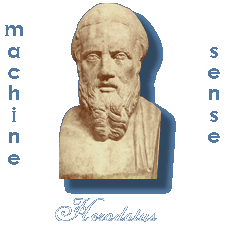

| 500 BCE In the Histories of Herodotus, Herodotus describes two incidents involving steganography: Demaratos warned the Lacedemonians about an impending attack by writing the warning on a wooden tablet and covering it in wax. When the wax tablet reached the Lacedemonians, they scraped the wax off and read the warning. Another incident involves Histiaios who sent a signal to Aristagoras that he should revolt against the Persians. Histiaos shaved the head of his most trusted slave and tattooed a message on it. As soon as the hair had grown back, the slave was sent to Aristagoras. More » |


| 486 BCE The Spartans use a system that consists of wrapping a strip of papyrus around a staff. The message is written on the papyrus down the length of the staff. When the papyrus is unwrapped, the message is unintelligible. The recipient needs to wrap the papyrus around a staff with the same circumference in order to read the message. This is the Greek scytale. |

| 400 BCE The Greek writer Aeneas Tacticus pens a treatise entitled Poliorcetica (On the Defense of Fortifications), which includes a chapter on cryptography. |

| 300 BCE An Indian manual on diplomacy, the Arthasastra, discusses the importance of cryptology for the spy system. |
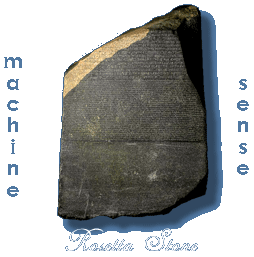

| 196 BCE Ptolemy V of Egypt issues a royal decree. The Rosetta Stone is a copy of that decree. The decree is inscribed in two languages: Egyptian and Greek; using three scripts, Egyptian hieroglyphs, Demotic script and Greek. The decree was inscibed in multiple scripts so that it would be readable by more people. After hieroglyphs fell out of use (around 400 CE), it would be 1400 years before anyone could decipher hieroglyphs again. The Rosetta Stone was found in 1799 CE by Napoleon's soldiers. In 1822, Jean-François Champollion (who understood Greek and coptic) used the Rosetta Stone as the key to deciphering the hieroglyphs. By comparing the Greek text with the hieroglyphs, he could figure out the meaning of the hieroglyphs. |

| 150 BCE to 130 BCE The Greek historian Polybius develops the Polybius Square as a method of simplifying the transmission of messages via torch signals. Letters of the alphabet are arranged in a 5 x 5 grid and fractionated into a pair of numbers (the row number and the column number of the position of the letter). |
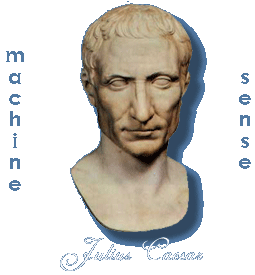

| 60 BCE to 50 BCE Julius Caesar uses a shift cipher for his correspondence, including military messages. Each letter is shifted 3 places in the alphabet. The Ancient History Sourcebook has an English translation of De Vita Caesarum: Julius by the Roman historian Suetonius, wherein Suetonius describes Julius Caesar's writings (war commentaries, memoirs, poetry and correspondence). His data footprint, as it were. A Caesar cipher is a simple monoalphabetic substitution cipher. More » |

| 100 CE to 600 CE Vatsyayana writes the Kama Sutra in India. This Sanskrit text on human sexual behaviour lists "the art of understanding cipher and writing in cipher" as one of the 64 arts to be studied. |

| 200 CE The Leiden Papyrus is an ancient Egyptian cookbook for magical potions. Important portions of the recipes are enciphered. |

| Next » Middle Ages Timeline |